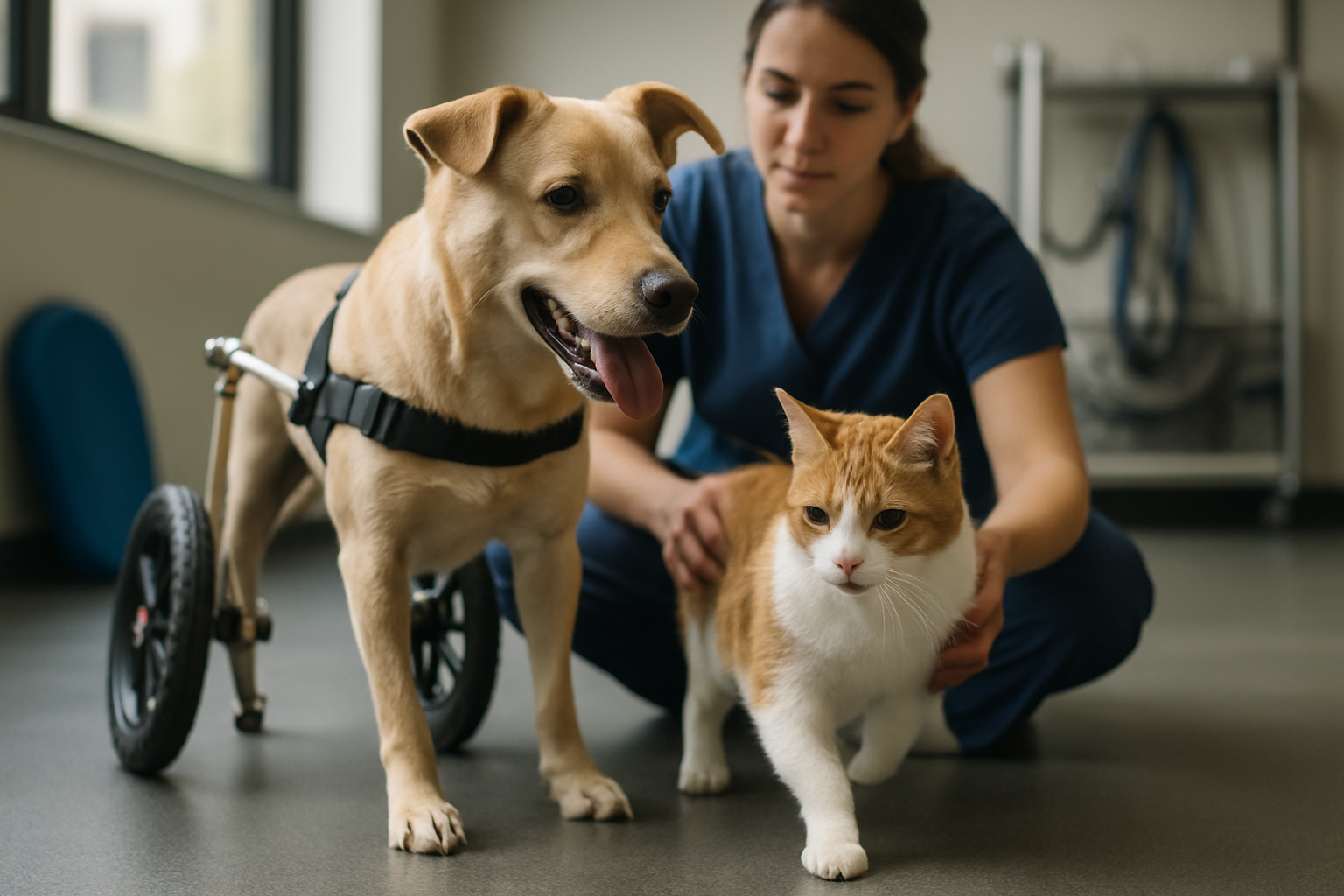Step-by-Step Guide to Harmonious Home Introductions
Bringing a new animal into a shared home requires planning, patience, and clear routines. This short guide outlines the essential stages of introductions—preparing spaces, initial meetings, gradual exposure, and ongoing enrichment—to help pets and people form safe, positive connections. Follow a calm, consistent approach tailored to each animal’s temperament.

Creating calm, predictable first encounters sets the tone for lifelong relationships between pets and household members. Successful home introductions prioritize safety, slow progression, and respect for each animal’s signals. Begin by assessing personalities and needs, set up designated spaces, and plan short, supervised interactions that allow all animals to adjust. Consistency in routine and gentle positive reinforcement during the early days helps reduce stress and builds trust across species and temperaments.
Training: How should you prepare before introductions?
Training basics lay the groundwork for smooth introductions. Teach or reinforce simple cues such as sit, stay, leave it, and come, so you can manage attention and movement during meetings. Practice brief training sessions in the home environment to reduce novelty-related anxiety. Use reward-based methods—treats, praise, or play—to encourage calm behavior. If one animal is still learning leash manners or recall, prioritize short, structured practice before unsupervised interactions to maintain control and protect all parties.
Socialization: What gradual steps help pets adapt?
Gradual socialization reduces overwhelm and allows pets to form positive associations. Start with scent exchanges: swap bedding or toys so animals can investigate safely. Proceed to visual contact with barriers like baby gates or crate placement, then to short, controlled face-to-face meetings on neutral territory. Keep encounters brief and end on a positive note. Increase duration incrementally based on relaxed body language—soft eyes, loose posture, and interest rather than fixation or avoidance. Always supervise until calm compatibility is established.
Adoption: How do adoption backgrounds affect introductions?
Animals from shelters, fosters, or rescue situations may have varied histories and triggers. Learn what you can about prior experiences, known fears, or previous household dynamics. Allow extra time for adjustment: newly adopted pets often need predictable routines and low-stimulus spaces to decompress. Use patience and avoid forcing interactions; some animals need days or weeks before they’re ready for others. Work with adoption counselors or behavior professionals if you observe intense fear, resource guarding, or persistent stress responses.
Behavior: How do you read and respond to signs of stress?
Recognizing stress signals prevents escalation. Look for yawning, lip licking, turning away, pinned ears, tail tucking, or stiff posture as early warnings. If you see these signs, increase distance, return to previous steps, or redirect with rewards and gentle cues. Avoid punishing reactive behavior—this can exacerbate fear or aggression. For resource guarding or repeated aggressive displays, consult a certified behaviorist. Early intervention and a structured plan that includes desensitization and counterconditioning yield safer, longer-lasting outcomes.
Nutrition: How can feeding routines support introductions?
Shared or adjacent feeding can build positive associations when managed carefully. Initially feed animals in separate areas to avoid competition and stress. Gradually move bowls closer over days while monitoring comfort levels; reward calm behavior during proximity. Consider timed feeding or puzzle feeders to keep focus on food rather than each other, and remove high-value items from common spaces until trust grows. Consistent feeding schedules also create predictable routines that reduce anxiety during the transition period.
Veterinary: When should you involve a vet or behaviorist?
A veterinary check before introductions can rule out medical causes of aggression or discomfort that might influence behavior. Ensure vaccinations and parasite prevention are up to date when animals first meet. If you notice persistent aggression, sudden behavioral changes, or health concerns, seek veterinary advice promptly. For complex behavioral issues or multi-pet households struggling to make progress, a certified applied animal behaviorist or experienced trainer can create a tailored, stepwise plan to safely guide introductions and ongoing coexistence.
Bringing animals together at home is a process that benefits from planning, respect for individual needs, and measured pacing. By combining basic training, careful socialization steps, attention to feeding and health, and monitoring behavior signals, most households can achieve peaceful coexistence. Remember that each animal adapts on its own timeline; prioritizing safety and positive reinforcement builds the strongest foundation for lasting bonds.





